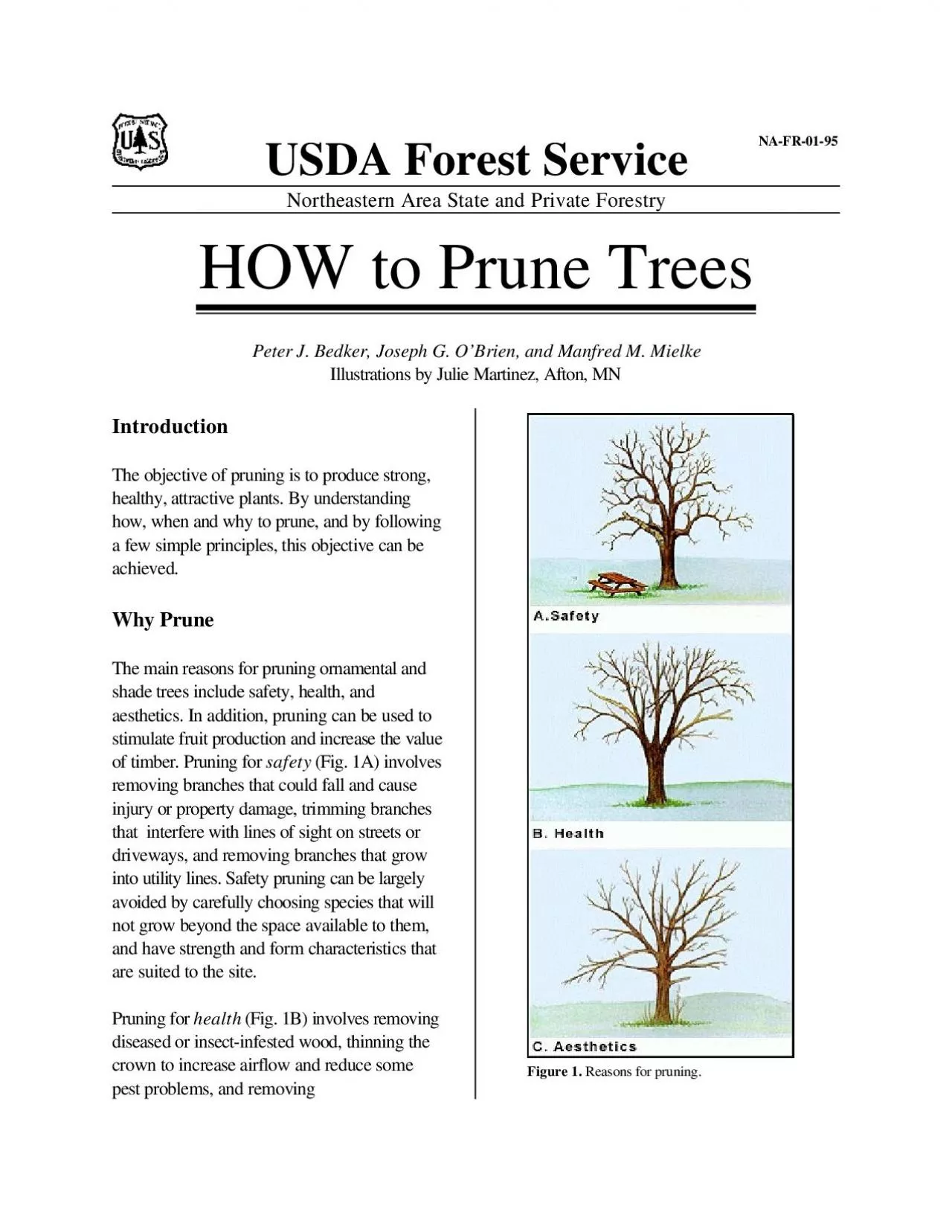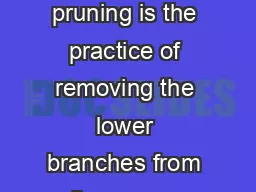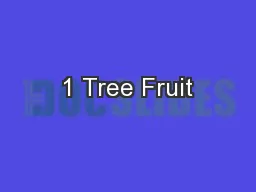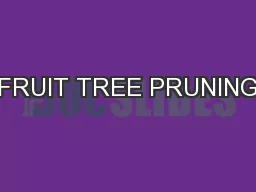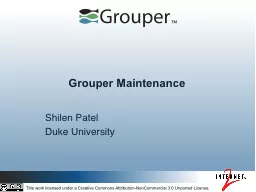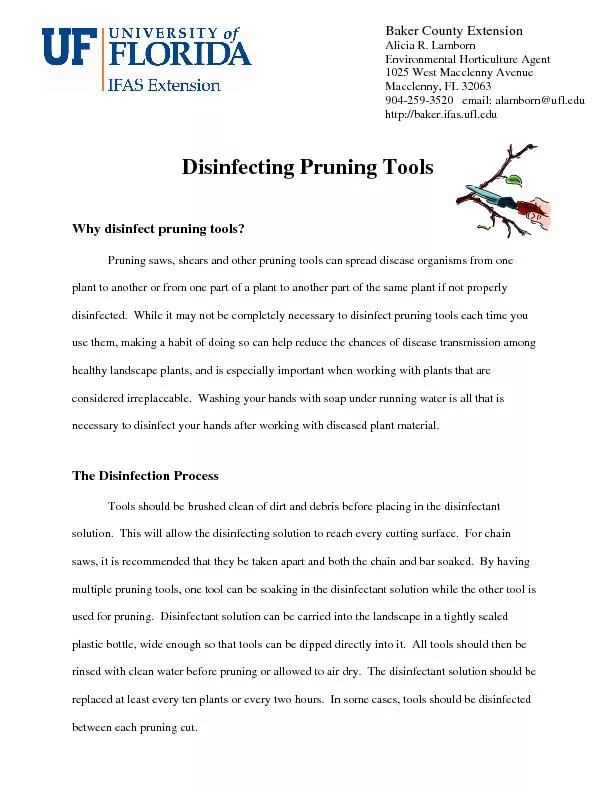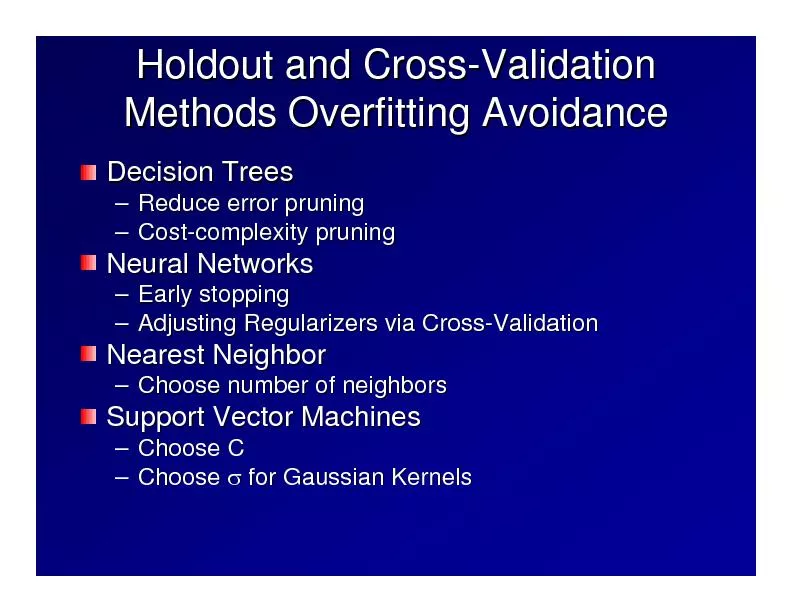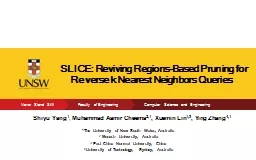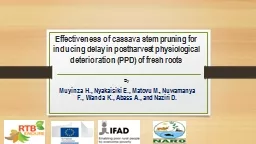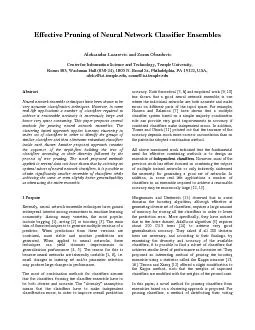PDF-Reasons for pruning
Author : caroline | Published Date : 2022-08-25
NAFR0195 Figure 1 USDA Forest Service Northeastern Area State and Private Forestry HOW to Prune TreesPeter J Bedker Joseph G O146Brien and Manfred M MielkeIllustrations
Presentation Embed Code
Download Presentation
Download Presentation The PPT/PDF document "Reasons for pruning" is the property of its rightful owner. Permission is granted to download and print the materials on this website for personal, non-commercial use only, and to display it on your personal computer provided you do not modify the materials and that you retain all copyright notices contained in the materials. By downloading content from our website, you accept the terms of this agreement.
Reasons for pruning: Transcript
Download Rules Of Document
"Reasons for pruning"The content belongs to its owner. You may download and print it for personal use, without modification, and keep all copyright notices. By downloading, you agree to these terms.
Related Documents

